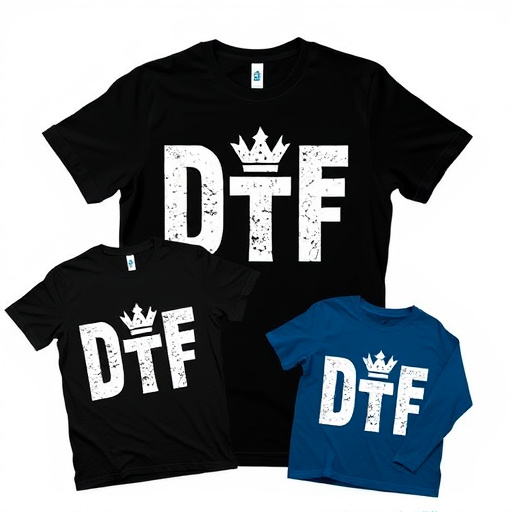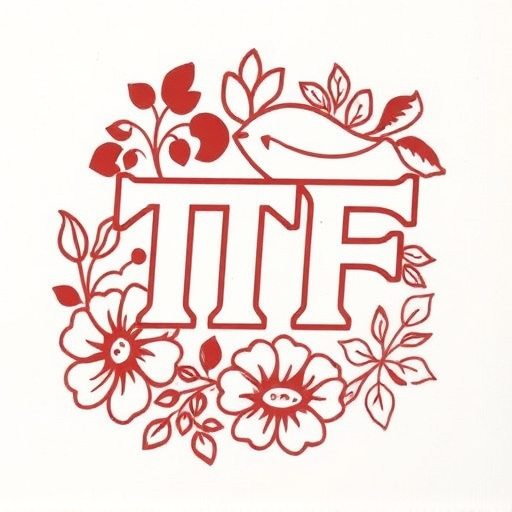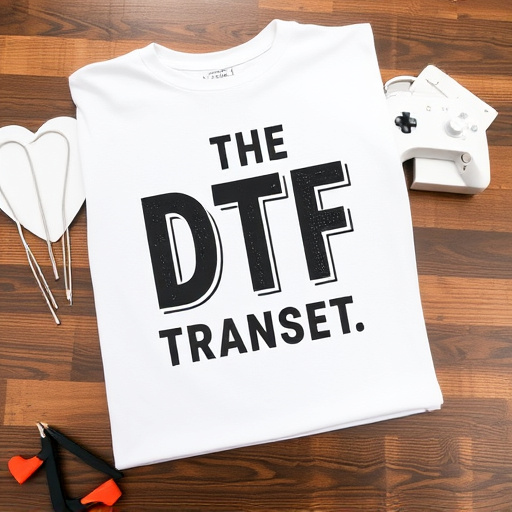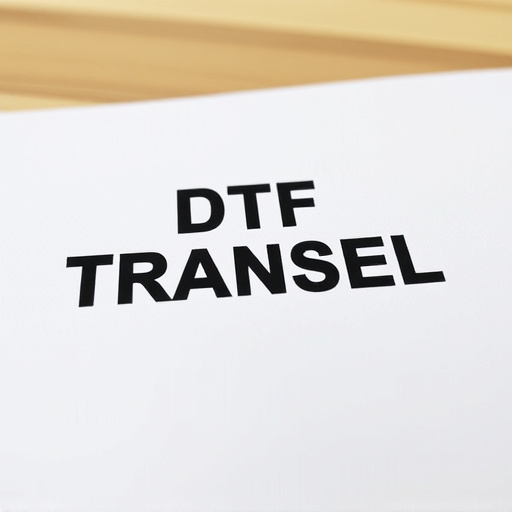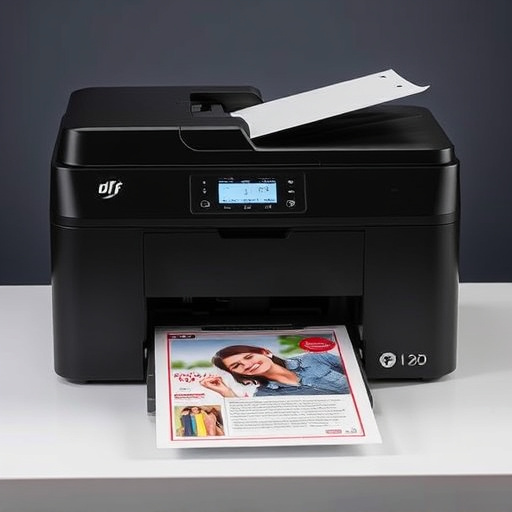DTF Printing Services, or Direct to Fabric Printing, is a revolutionary technology enabling highly customizable and precise design application on fabrics without traditional screen printing. Using specialized tools like high-resolution printers, businesses can easily bring unique, detailed designs to life on garments like hoodies and t-shirts. The process involves digital design creation with CAD software, printing onto DTF transfer sheets, cutting with precision tools, and fusing the transfer onto fabrics via heat press for vibrant, durable prints. Future trends focus on technological advancements for faster, more efficient printing, environmental sustainability using eco-friendly inks and substrates, and unparalleled versatility across various fabric printing applications.
“Unleash the power of direct-to-fabric (DTF) printing services—a game-changing technology revolutionizing the textile industry. This article delves into the intricate world of DTF printing, exploring its essential tools and equipment that bring digital designs to physical fabrics with precision and vibrancy. From understanding the process to uncovering future trends, we unravel the secrets behind this dynamic printing method, highlighting the must-have tools for efficient and innovative DTF printing.”
- Understanding DTF Printing Services and Their Essential Tools
- Common Equipment Used in the DTF Printing Process
- Advancements and Future Trends in DTF Printing Technology
Understanding DTF Printing Services and Their Essential Tools
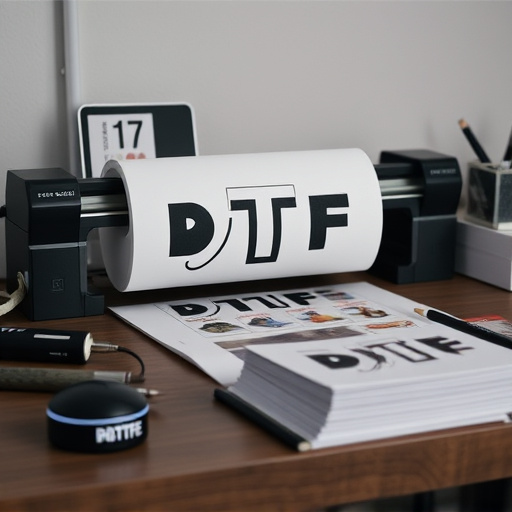
DTF Printing Services, short for Direct to Fabric Printing, is a cutting-edge technology that allows for highly precise and customizable design application directly onto fabrics. This process has revolutionized the apparel industry, empowering clothing brands and designers with unparalleled creative freedom. By eliminating the need for intricate screen printing or costly set-up fees, DTF offers an efficient, cost-effective solution for producing unique, high-quality garments.
At the heart of this technology lies a range of specialized tools and equipment designed to meet the precise requirements of fabric printing. The best DTF printer, often equipped with advanced features like high-resolution imaging and versatile material handling, plays a pivotal role. This technology enables the direct transfer of intricate designs, including detailed logos and complex graphics, onto various fabrics used in DTF printing for t-shirts or other clothing items. From small businesses to established brands, these services provide an accessible way to bring designs from concept to reality, ensuring that every printed piece stands out.
Common Equipment Used in the DTF Printing Process
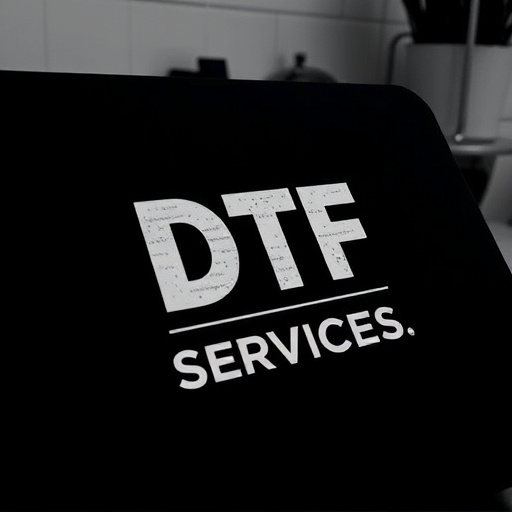
In the realm of DTF Printing Services, several pieces of equipment work in harmony to bring designs to life on various substrates, particularly popular for custom printing on hoodies and other apparel. The process begins with a computer-aided design (CAD) software that allows printers to create or edit artwork digitally. This digital masterpiece is then fed into a printer, typically an inkjet or laser printer, capable of handling specialized DTF transfer sheets. These sheets are coated with a type of vinyl or polymer that acts as the medium for the design when transferred to fabric.
After printing, the DTF transfer is carefully cut around the design using a cutting plotter or a precision knife, ensuring clean lines and precise contours. The next step involves a heat press machine, which applies heat and pressure to fuse the printed transfer onto the desired substrate, whether it’s a hoodie, t-shirt, or any other fabric item. This process creates long-lasting dtf prints that are vibrant and durable, making DTF printing for hoodies and other custom apparel a sought-after service in today’s fashion industry.
Advancements and Future Trends in DTF Printing Technology

The future of DTF Printing Services is brimming with innovation and exciting developments that promise to transform the industry even further. Advancements in technology are driving the evolution of direct-to-film (DTF) printing, making it faster, more efficient, and environmentally friendly. One notable trend is the integration of smart, connected devices that enable remote monitoring and control, allowing printers to optimize their workflows and reduce downtime.
Moreover, there’s a growing emphasis on sustainability within DTF printing practices. Eco-friendly inks and substrates are becoming increasingly popular as consumers demand more sustainable options. This shift towards greener technologies ensures that the vibrant and intricate designs possible with DTF printing can be achieved without compromising environmental ethics. With these trends, DTF Printing Services are poised to meet the ever-changing demands of both manufacturers and end-users, particularly in the realm of dtf meaning applications for light fabrics, offering unparalleled versatility and quality.
DTF (Direct-to-Film) Printing Services have evolved significantly, driven by advancements in technology and a growing demand for high-quality, precise printing. As we’ve explored, understanding the essential tools and equipment is key to mastering this process. From initial design software to specialized printers and finishing tools, each component plays a vital role in delivering exceptional results. Looking ahead, continuous innovations promise to further enhance speed, accuracy, and sustainability in DTF Printing Services, ensuring their prominence in various industries.








